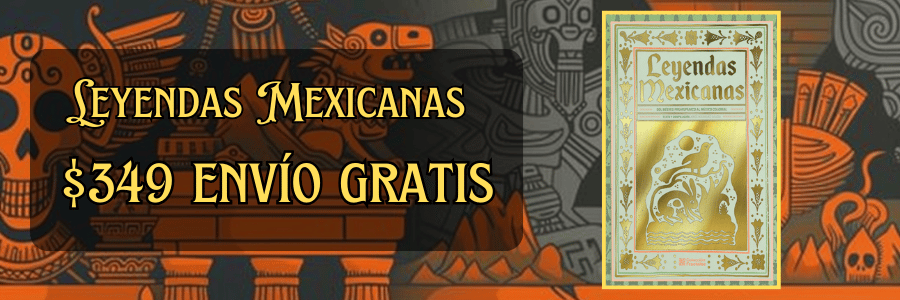The Role of Jade in Maya Art and Ritual
Jade, a beautiful and highly prized gemstone, occupies a significant space in the cultural, artistic, and ritualistic landscape of ancient Maya civilization. To the Maya, jade was more than just a gemstone; it was a potent symbol of life, fertility, and the duality of existence. This green stone, known as “ya’ab” in the Maya language, was considered sacred and was intertwined with multiple facets of their society, including their religious practices, art, trade, and social hierarchy.
The geological properties of jade made it an exceptionally challenging material to work with. It requires skillful craftsmanship to carve and shape, and this aspect contributed to its value among the Maya elite. The significance of jade in Maya culture can be seen in various archaeological finds ranging from ceremonial objects to adornments and burial artifacts. An important aspect of jade’s allure lies in its varied colors, with green being the most coveted due to its association with fertility, growth, and the agriculture that sustained Maya life.
Jade’s role in Maya art is intricately linked to its symbolism. It was often used in the creation of masks, figurines, and other ceremonial objects indicative of power and divine favor. Notably, jade masks served as integral components of elite burials. These elaborate representations were crafted with great precision and were designed to replicate the individual they represented. The use of jade in burial sites reflects the belief that jade could facilitate a divine connection in the afterlife, thus reinforcing its importance beyond the material world.
Beyond personal adornments and burial artifacts, jade also spoke to the cosmic worldview held by the Maya. The stone was seen as a link between the earth and the celestial, embodying both the physical and the spiritual realms. In the context of art, jade pieces took on intricate designs that conveyed narratives of creation, the cycle of life, and the duality of existence that the Maya so deeply understood. These narratives were often interspersed with motifs representative of their deities, underscoring the spiritual dimensions of jade-laden artifacts.
Ritual activities further highlight jade’s importance within the ancient Maya community. It was utilized extensively in ceremonies that celebrated life, harvests, and the cyclical nature of existence. The stone was also used in bloodletting rituals, where noble class members would offer their blood as a sacrifice to the gods, and jade was placed on the altars as a form of tribute. In these contexts, jade was believed to not only signify wealth but also to possess magical properties that could invoke favor from the divine.
The relationship between jade and trade among Maya city-states cannot be understated. The demand for jade fueled trade networks that connected different regions of Mesoamerica. Heathered hues of jade were sourced from various quarries, and they were transported over long distances, indicating both the material's value and the sophisticated trade routes utilized by the Maya. The presence of jade objects in archaeological sites outside the regions where jade was mined points to the complexity and extent of trade networks.
Maya artisans and craftsmen played a pivotal role in jade production. The making of jade items was often associated with great skill that was passed down through generations. These craftsmen operated within a specialized craft economy, where the labor associated with jade carving enhanced the prestige of the communities involved in its production. The ability to acquire and manipulate jade into exquisite forms demonstrated social status and skill, solidifying both the artisan's importance and the object’s cultural value.
The aesthetic qualities of jade also played a significant role in Maya art. Carved jade pieces showcase an incredible level of detail and craftsmanship, often incorporating motifs of animals, celestial bodies, and human figures. Artistic techniques such as drilling, polishing, and incising demonstrate the high level of expertise among Maya artisans. The intricacy and refinement found in jade artworks serve as testament to the cultural identity of the Maya, revealing their aesthetic preferences and artistic styles.
Jade was not just a product of artistic expression; it was also deeply intertwined with knowledge systems and cultural practices of the Maya. The sacredness of jade influenced its incorporation into calendar systems, where the stone represented specific dates and times significant in Maya cosmology. Such spiritual associations enriched the collective understanding of jade, making it a revered commodity.
The influence of jade extended beyond ancient Maya civilization, leaving a lasting impact on Mesoamerican art and culture. Historical interpretations emphasize the symbolic importance of jade concerning other cultures, demonstrating how artistry involving jade shaped not only Maya society but the overall cultural landscape of the region. Cross-cultural exchanges facilitated by trade made jade a symbolic object among the elite in differing societies, extending its influence well beyond the confines of the Maya.
Archaeological discoveries continue to reveal the contributions of jade to our understanding of ancient Maya civilization. Excavations of elite burial sites have unearthed a wealth of jade artifacts, shedding light on the complex social hierarchies of the time. Such findings also enable researchers to explore the transformative processes through which jade was incorporated into various practices among the Maya.
Studies surrounding jade also invoke questions related to its symbolism and the evolution of its significance across different eras in Maya history. Scholars examine how the mystique of jade permeated various layers of social life, reflecting the intertwined nature of economic, political, and spiritual dynamics present in Maya society. Each discovery presents an opportunity to delve deeper into the nuanced relationship that the ancient Maya had with jade throughout their existence.
As new discoveries persist in enhancing our understanding of jade in Maya culture, the importance of this vibrant gemstone as both an artistic medium and a symbol of spirituality remains unaltered. The multifaceted role of jade reveals itself through the lens of Maya worldviews, acting as both a material entity that sustained the living and a spiritual conduit in contexts of ritual and life beyond death. Its endless variety of uses serves not only to connect us with the ancient world but also emphasizes the profound significance that jade held for one of history's most enigmatic civilizations.
In conclusion, jade stands as a testament to the intricate tapestry of Maya civilization. The gemstone’s astounding beauty, alongside its powerful symbolism, paints a vivid picture of a culture that revered the natural world, understood the complexity of existence, and expressed these ideals through art and ritual. The continued exploration of jade in Maya society enables a more profound comprehension of former civilizations and their artistic legacies, inviting further reflection on the wisdom embedded within their material culture. As one gazes at the polished surface of jade artifacts, we are reminded of the artistry and spirituality that defined the ancient Maya and the enduring heritage they left behind.
Explore More:
| The Role of Oil in Supporting Global Energy Security Initiatives |
| The Challenges of Managing the Environmental Impact of Oil Extraction |
| The Significance of the Battle of Monterrey in the Mexican-American War |
| The Globalization of Mexican Craftsmanship and Design |
| How Mexican Folk Art Reflects the Country’s Cultural Diversity |
| The Role of International Diplomacy During the Mexican-American War |
| The Role of Cryptocurrencies in Developing Economies |
| The Role of Foreign Influence in Mexico’s Independence Movement |
| Mexico’s Growing Role in the Global Digital Economy |
| The Role of the Plan of Iguala in Mexico’s Fight for Independence |



